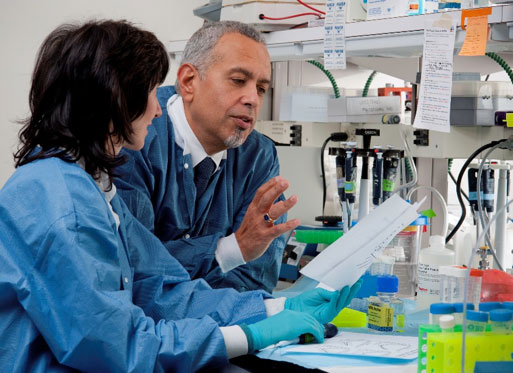
In spite of advancements in scientific research, some populations have not had access to cutting-edge research and training opportunities and do not participate fully in the biomedical, clinical, behavioral and social sciences research workforce. These underrepresented populations are identified by using an evidence-based approach that considers reports from the National Science Foundation, national data sets, and data from the Secretary of the US Department of Health and Human Services. It is further informed by congressional interest in this area. Learn more at Eliminating Barriers- Congressional Interest in Diversity.
In November 2019 NIH published an updated Notice of Interest in Diversity. This Notice explains that innovation and scientific discovery are enhanced by including individuals from diverse groups including those that are underrepresented in the biomedical, clinical, behavioral and social sciences. Underrepresented groups include individuals from underrepresented racial and ethnic groups, individuals with disabilities, individuals from disadvantaged backgrounds, and women.
The biomedical research workforce is composed of individuals with earned degrees employed in a variety of career sectors, including research and teaching in colleges and universities, research in biotechnology and pharmaceutical industrial settings, research in government laboratories, as well as non-research scientific careers including science policy and regulation, and science communications that contribute to the Nation’s human capital in science. Information on participation in career sectors is generally obtained from Bureau of Labor reports.









